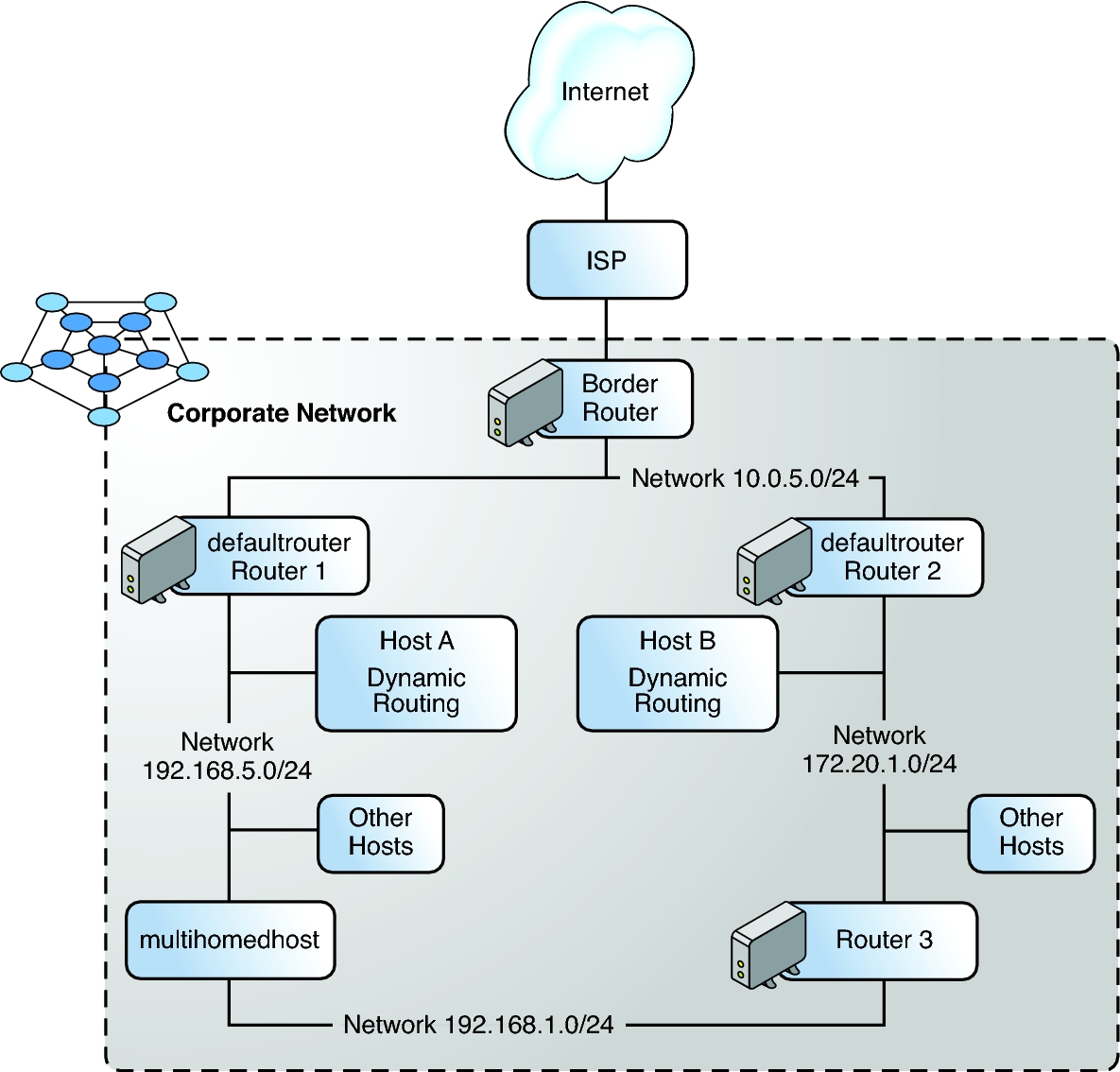In the realm of networking, an autonomous system is a network operated by one organization. This network is a self-contained entity, with its own set of rules and regulations, and is typically managed by a single entity. Autonomous systems play a vital role in the internet, as they provide the infrastructure for communication between different organizations and networks.
The organizational structure of an autonomous system is typically hierarchical, with a central authority responsible for overseeing the operation of the network. This authority may be a single individual, a group of individuals, or a committee. The central authority is responsible for setting the policies and procedures for the network, and for ensuring that the network is operated in a secure and efficient manner.
An autonomous system, a network run by a single entity, operates much like an accounting system, which captures transaction data . In an autonomous system, the organization controls all network components and routing, similar to how an accounting system tracks financial transactions within an organization.
Organizational Structure
An autonomous system typically follows a hierarchical organizational structure, with each level having specific roles and responsibilities.
An autonomous system is a network operated by one organization, like the network that controls the Airbus A320 . This advanced aircraft is a marvel of engineering, with its fly-by-wire system and glass cockpit. But at the heart of the A320 is an autonomous system that ensures the aircraft operates safely and efficiently.
This system is responsible for everything from monitoring the aircraft’s systems to controlling its flight path. It’s a complex and sophisticated system, but it’s essential for the safe operation of the A320. And it’s a perfect example of how autonomous systems are becoming increasingly important in our world.
Senior Management, An autonomous system is a network operated by one organization.
- Responsible for overall strategy and direction of the autonomous system.
- Oversees financial planning, resource allocation, and performance evaluation.
Network Operations
- Manages the day-to-day operations of the network infrastructure.
- Monitors network performance, identifies and resolves issues, and implements changes.
Network Engineering
- Designs, implements, and maintains the network infrastructure.
- Conducts capacity planning, performance optimization, and security audits.
Customer Support
- Provides technical support to users and customers.
- Handles inquiries, resolves issues, and ensures customer satisfaction.
Network Management

Network management involves monitoring, configuring, and troubleshooting the network infrastructure within an autonomous system.
An autonomous system, a network operated by one organization, can also take advantage of cloud-based ERP systems. is an advantage of cloud-based erp systems. These systems offer a centralized platform for managing all aspects of a business, from accounting and finance to inventory and customer relationship management.
This can help to improve efficiency and productivity, and can also reduce costs. Additionally, cloud-based ERP systems are typically more scalable and flexible than on-premises systems, making them a good choice for businesses of all sizes.
Monitoring
- Uses tools like SNMP (Simple Network Management Protocol) and NetFlow to collect performance data.
- Identifies potential issues, such as congestion, outages, and security threats.
Configuration
- Adjusts network settings, such as routing protocols, firewall rules, and QoS (Quality of Service) parameters.
- Optimizes network performance and ensures compliance with security policies.
Troubleshooting
- Diagnoses and resolves network issues using tools like packet sniffers and traceroute.
- Restores network functionality and minimizes downtime.
End of Discussion: An Autonomous System Is A Network Operated By One Organization.
Autonomous systems are a critical part of the internet, providing the infrastructure for communication between different organizations and networks. They are complex entities, with their own set of rules and regulations, and are typically managed by a single entity. The organizational structure of an autonomous system is typically hierarchical, with a central authority responsible for overseeing the operation of the network.
General Inquiries
What is an autonomous system?
Yo, check it! An autonomous system is like a network that’s run by a single boss. And get this, these systems are made up of three main parts, just like this article says. They’ve got sensors to keep tabs on the network, controllers to make adjustments, and actuators to carry out the changes.
So, there you have it – an autonomous system, rocking the network and making sure everything runs smooth.
An autonomous system is a network operated by one organization.
Autonomous systems, like the networks operated by a single organization, can benefit from the implementation of new operating systems for existing machines. This operating system can enhance the efficiency and functionality of the network, ensuring that it continues to operate smoothly within the autonomous system.
What is the purpose of an autonomous system?
An autonomous system is a network operated by one organization, which can be represented as a representation of an object or a system . This representation allows for the visualization and analysis of the network’s structure and behavior, enabling administrators to optimize performance and troubleshoot issues more effectively.
An autonomous system is a fundamental component of the internet, and its representation plays a crucial role in ensuring its smooth operation.
The purpose of an autonomous system is to provide the infrastructure for communication between different organizations and networks.
An autonomous system is a network operated by one organization, like an internet service provider or a large corporation. These systems are designed to be independent and self-contained, but sometimes they can experience problems. For example, if you’re trying to use an amex gift card , you may see a message that says “the system has experienced an unknown error.”
This could be due to a problem with the card itself, the merchant’s system, or the autonomous system that connects them.
What are the benefits of using an autonomous system?
The benefits of using an autonomous system include increased security, reliability, and efficiency.